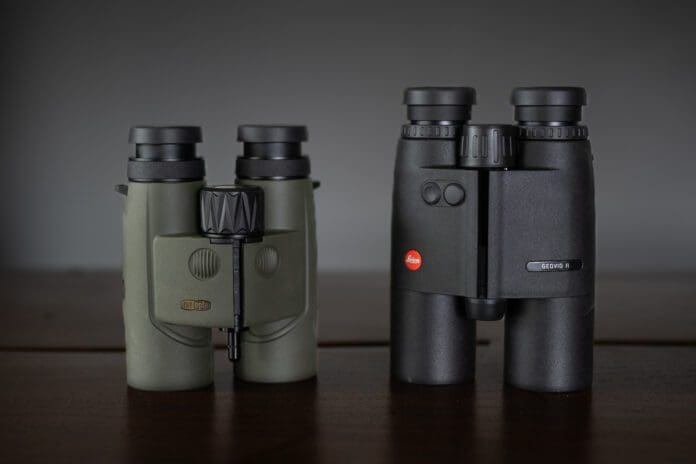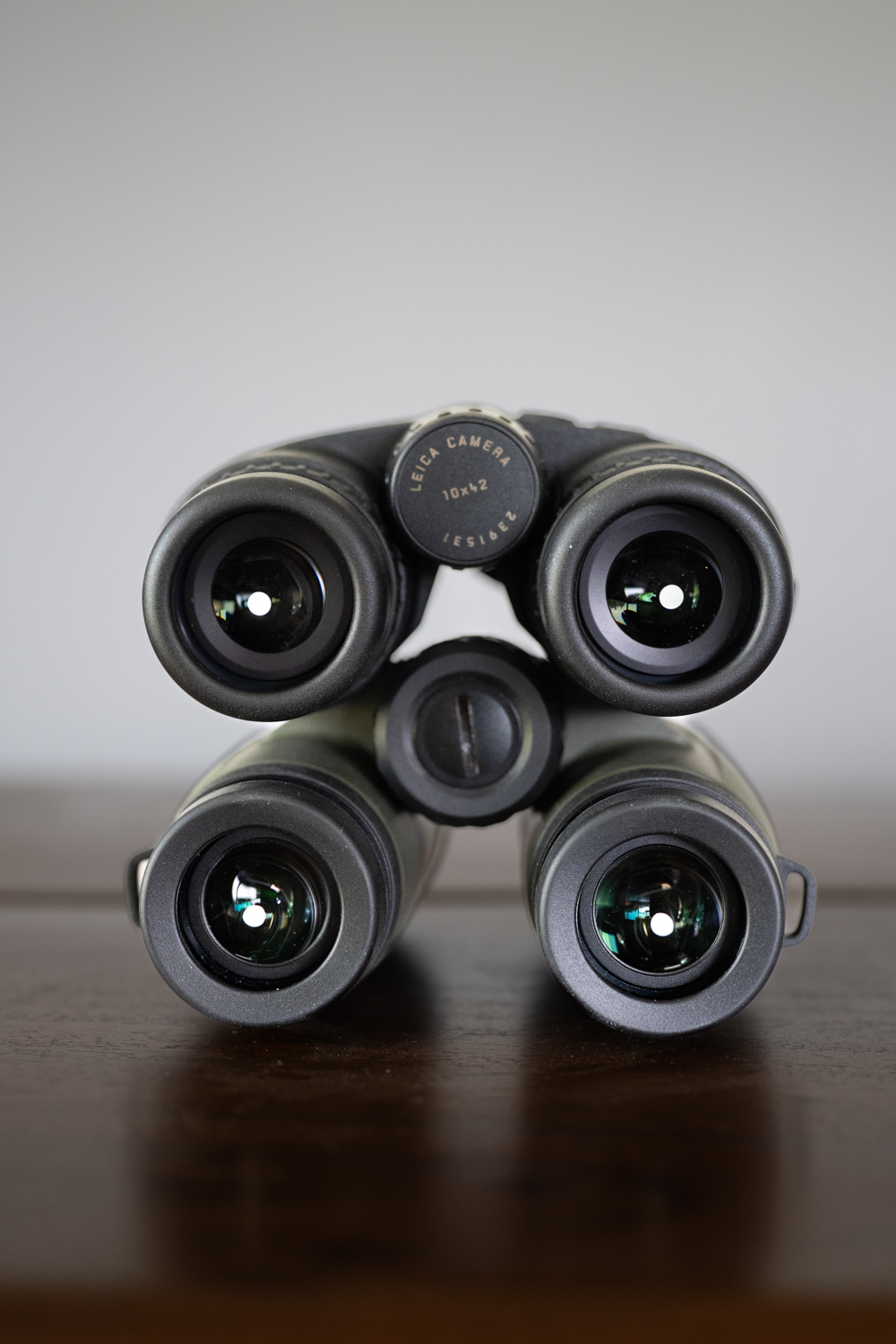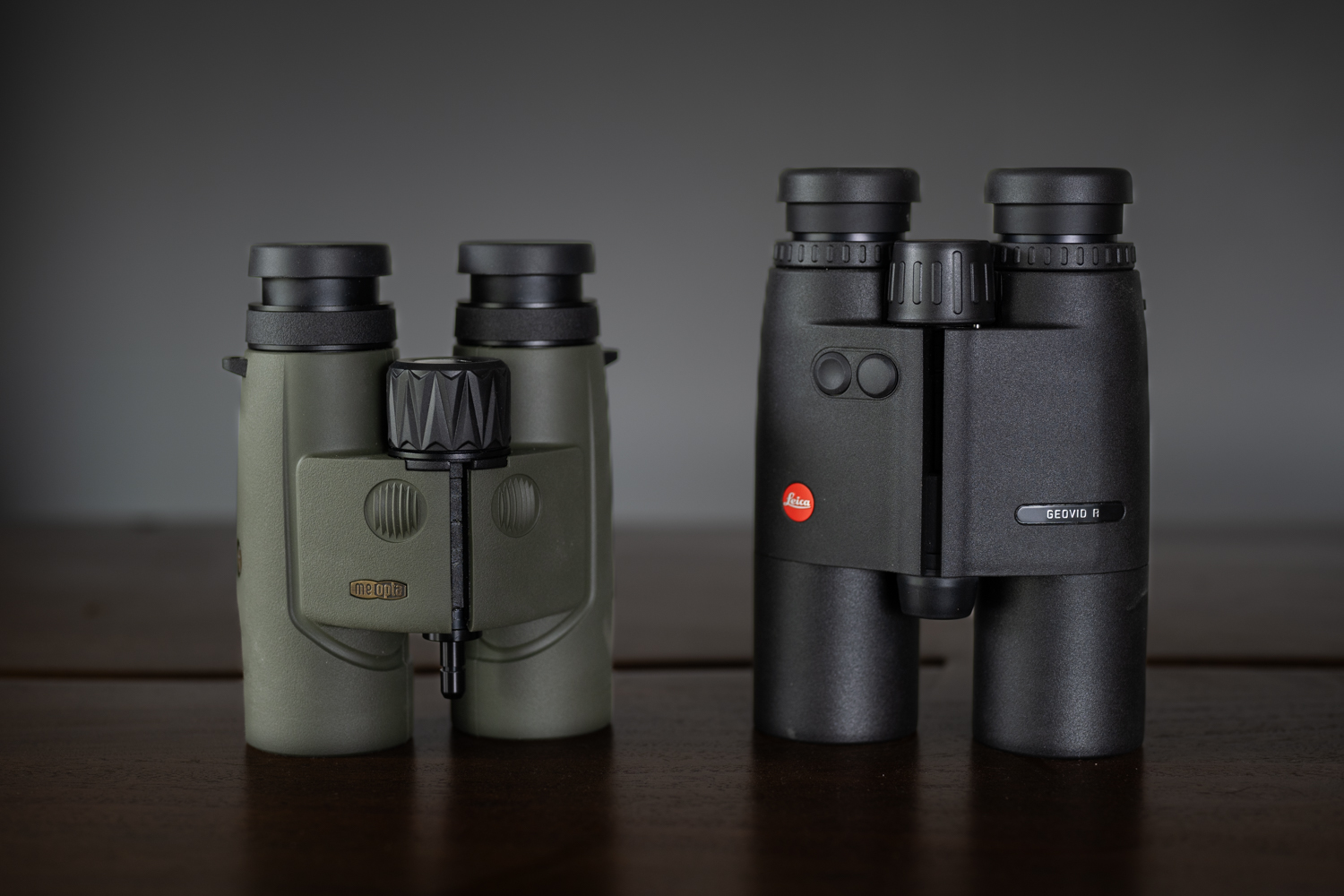
European range-finding binoculars have been, and continue to be, the gold standard for binoculars with laser-ranging capabilities. The current crop of top shelf range finding binoculars from Swarovski, Zeiss, and Leica combine elite optical performance, outstanding range-finding capabilities, and onboard ballistic solutions. They are essentially free of compromise but come at a pretty substantial price premium at $3300-$4000
Alternatively, a crop of range-finding binoculars produced in Asia have shown up on the market at substantially lower prices in the $1200-$1800 range that have comparable range finding and ballistic computation capabilities to the European competition, but the optics aren’t quite on the level with the European top-shelf options.
Most competitor range finding binoculars in this price range have a different color bias between the left and right barrel. One barrel is warmer, and the other is cooler. For me, this results in more eye strain over long viewing periods. Hunters looking for great optics and good range-finding capabilities end up using two devices in the field, combining mid-range binoculars with very good optics with a separate monocular rangefinder providing the distances.
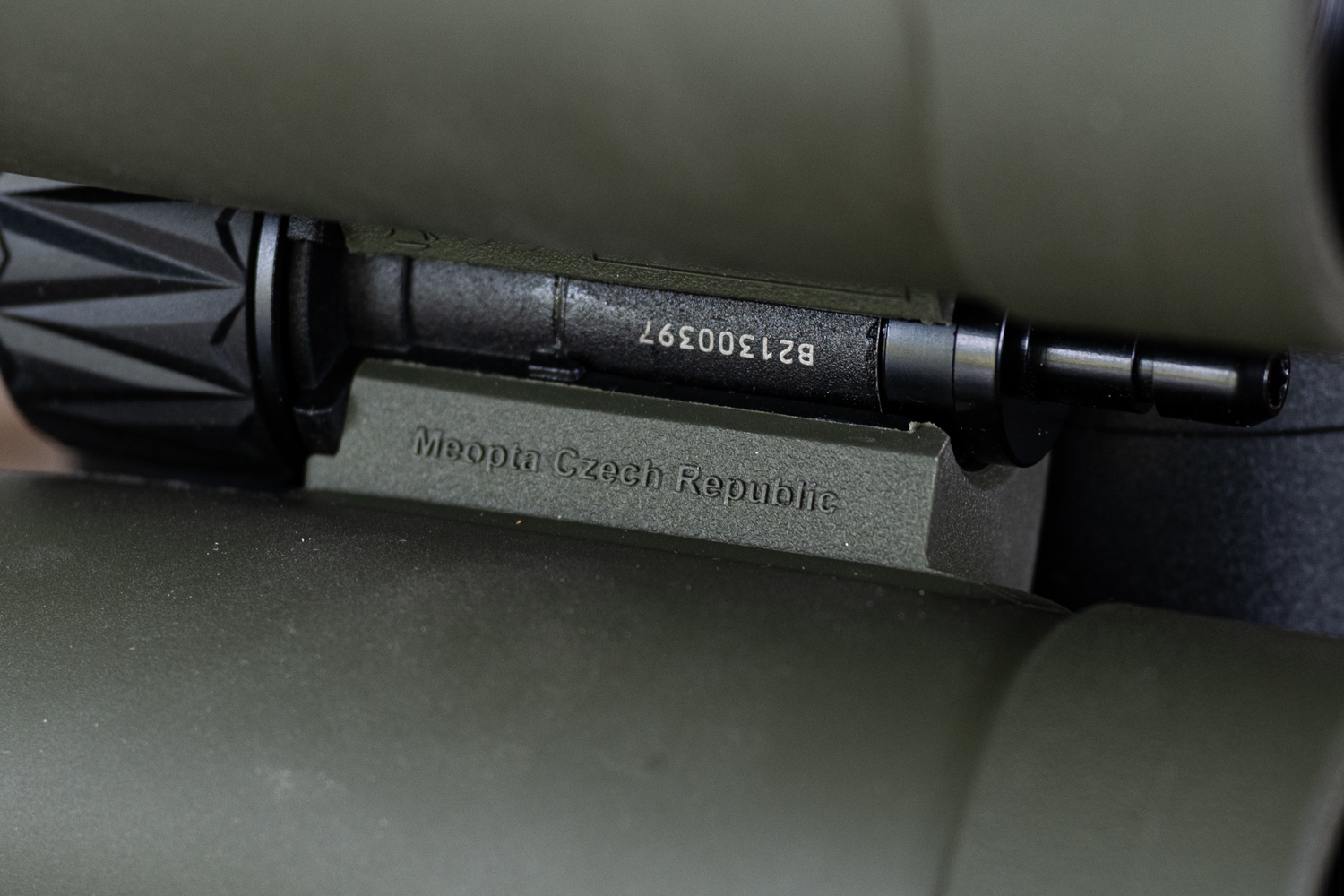
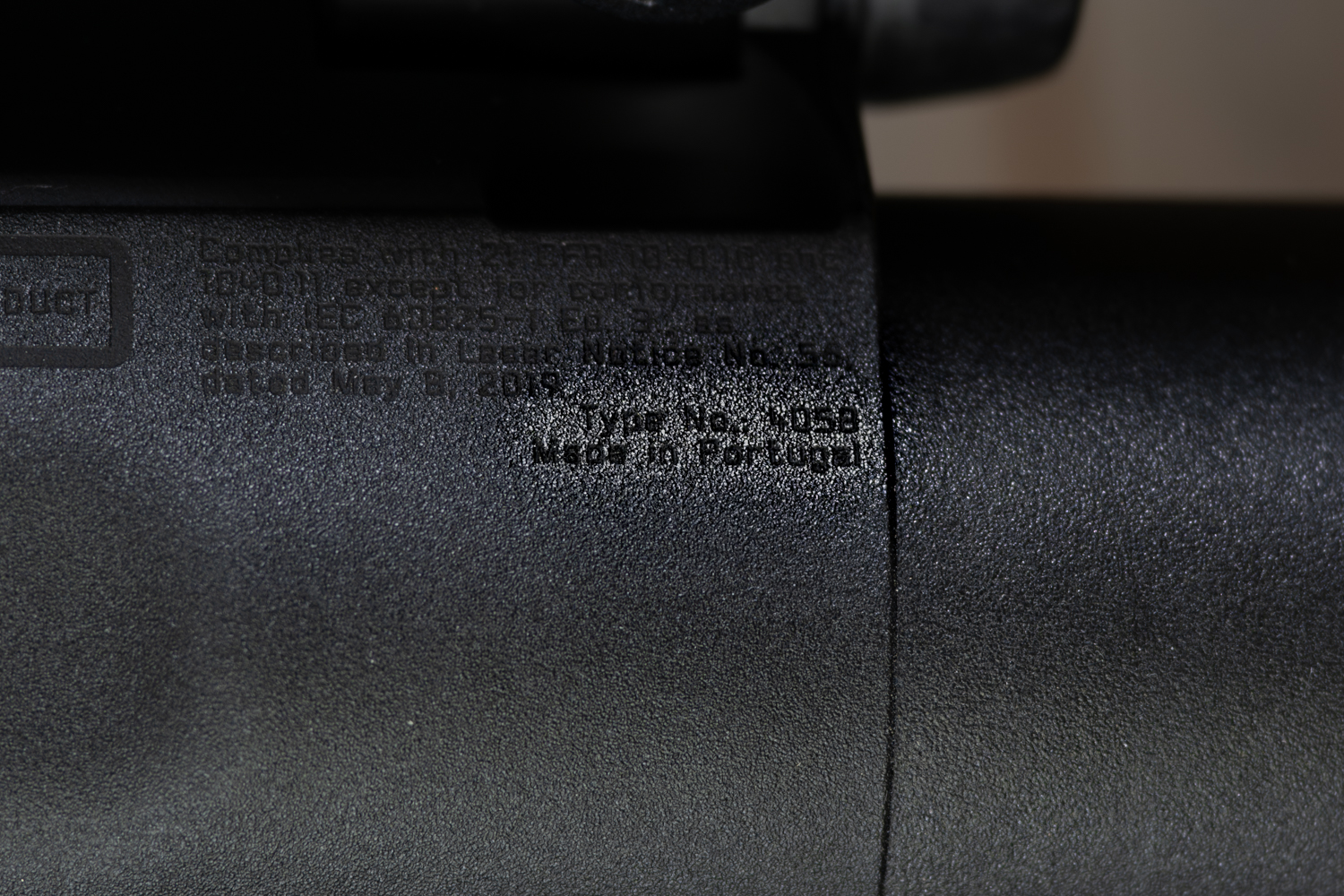
We now have new European range-finding binoculars that promise high-level optics and good range-finding capabilities for hunters that don’t want or need onboard ballistics calculations. These electro-optics come in the form of the Meopta Optika LR and Leica Geovid R. The real mic-scratch is the price point. The Meopta has a street price of $1899, and the Leica at an eye-popping $1399. I put these two European bargains up against each other to see if they are really up to the task.
Build Quality
These two units are European-produced but don’t come from the Austrian and German factories of the $3000+ models. The Optika LR hails from the Czech Republic, while the Leica Geovid R comes from Leica’s Portugal facility.
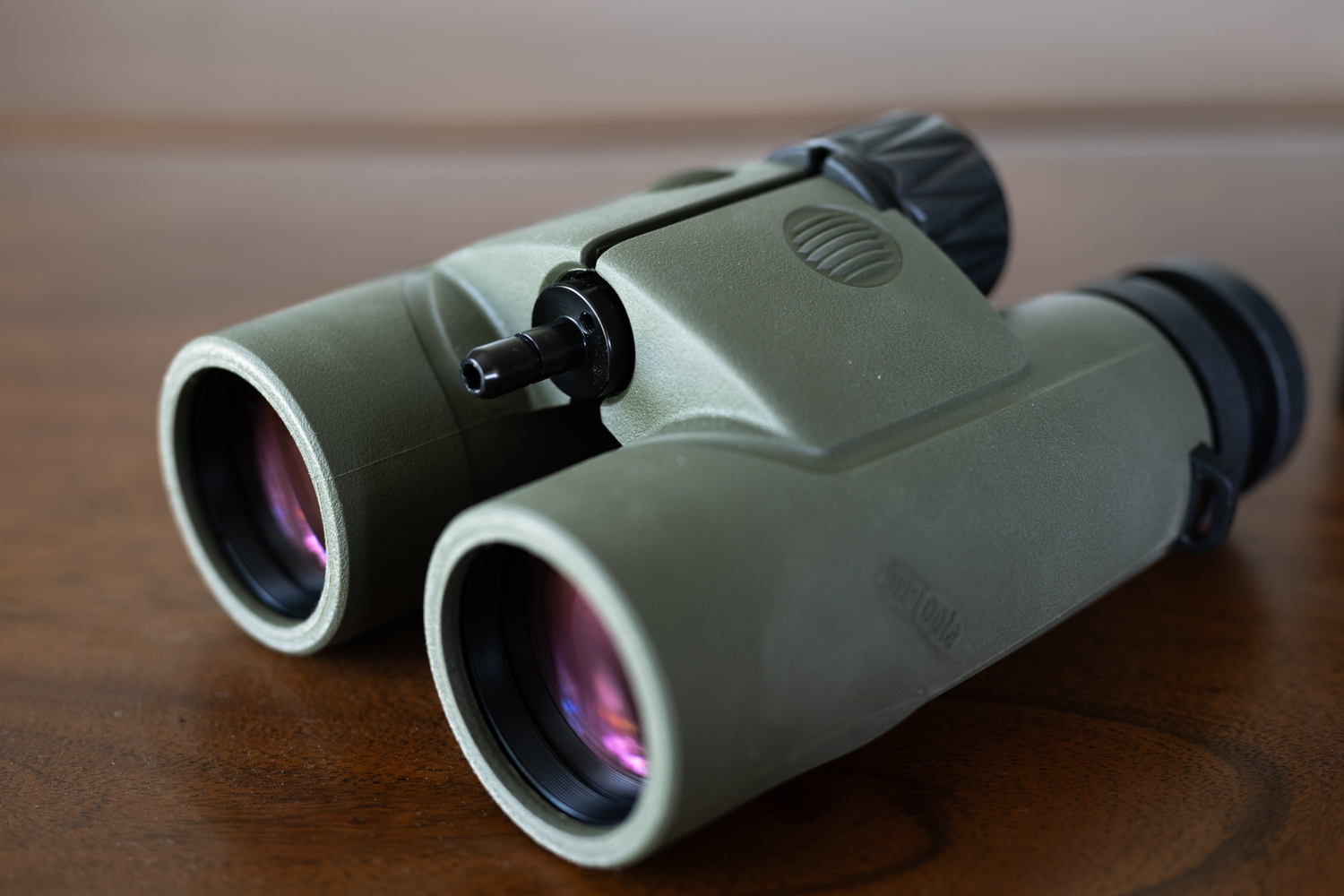
Meopta is famous for its overbuilt and tough build quality. Here the Optika LR doesn’t disappoint. The compact unit is dense and robust, with excellent armor. The feel is a bit “chunky” but fits the hand pretty well and inspires confidence in hard use conditions. It is remarkably compact at 6 1/8 inches tall with eyecups fully extended and slips easily into most standard binocular harnesses like my FHF Gear Pro-M Medium.
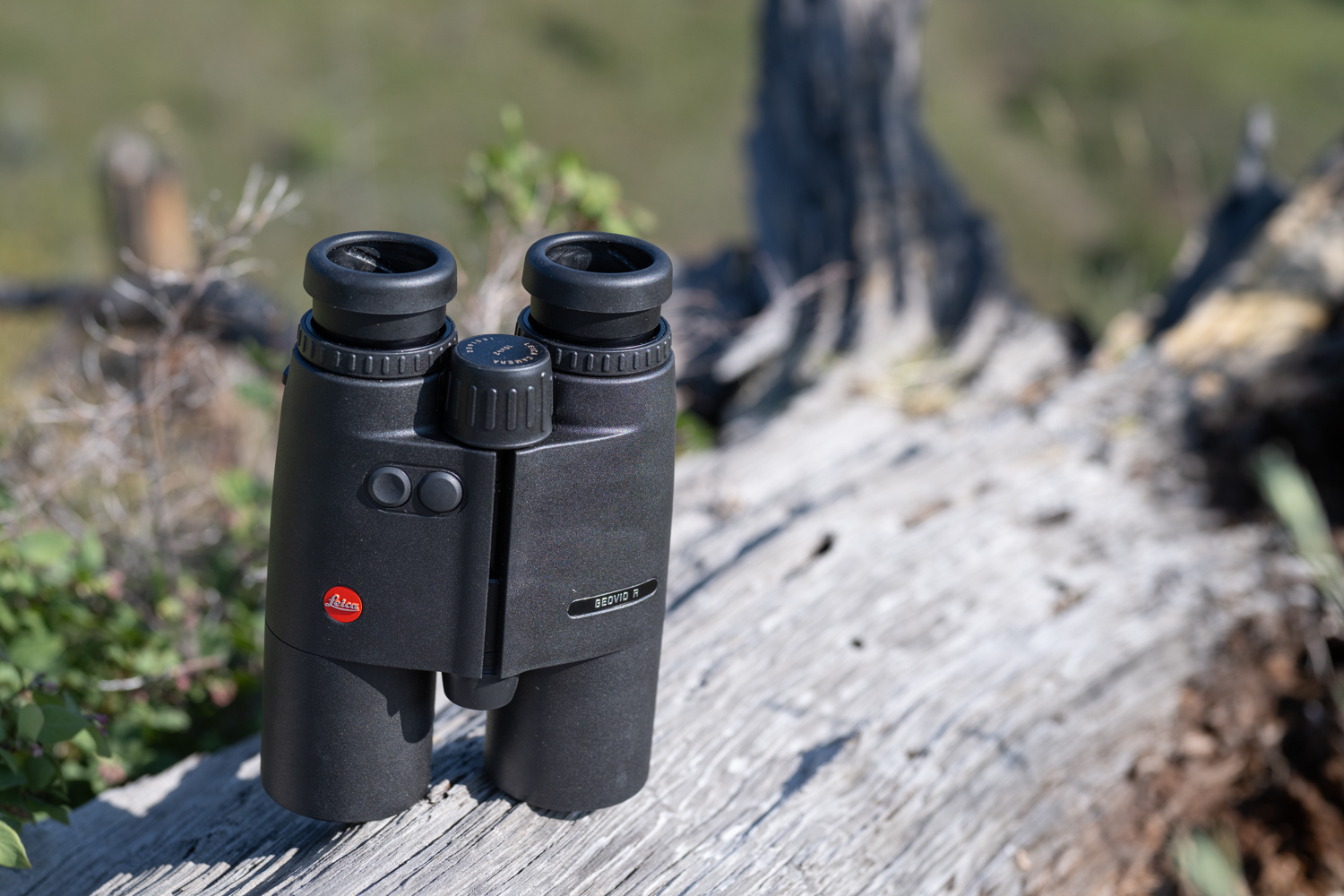
The Leica is a refinement of the original Geovid with updated housing, upgraded laser, sleeker form factor, and aggressive pricing. The Leica feels less dense but is much taller than the Meopta at 7 1/8 inches tall, with eyecups fully extended. I attended a presentation by Leica where they showed a video of the Geovid R being handmade in their Portugal factory. The attention to detail is apparent in the premium feel of the unit.
Both of these binoculars are built well and clearly ready for field use. They have similar weights, with the Meopta’s compact design saving a couple of ounces over the Leica:
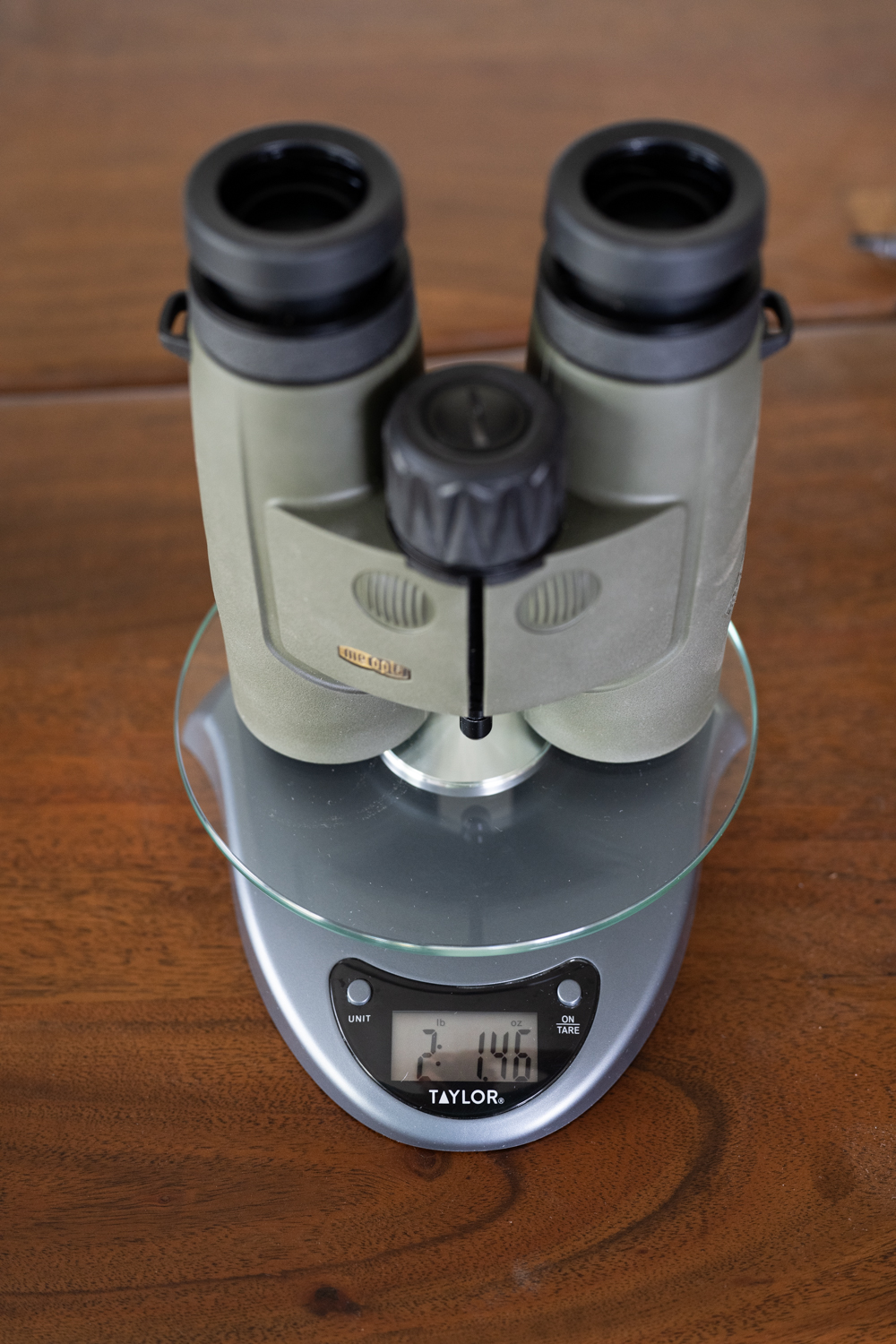
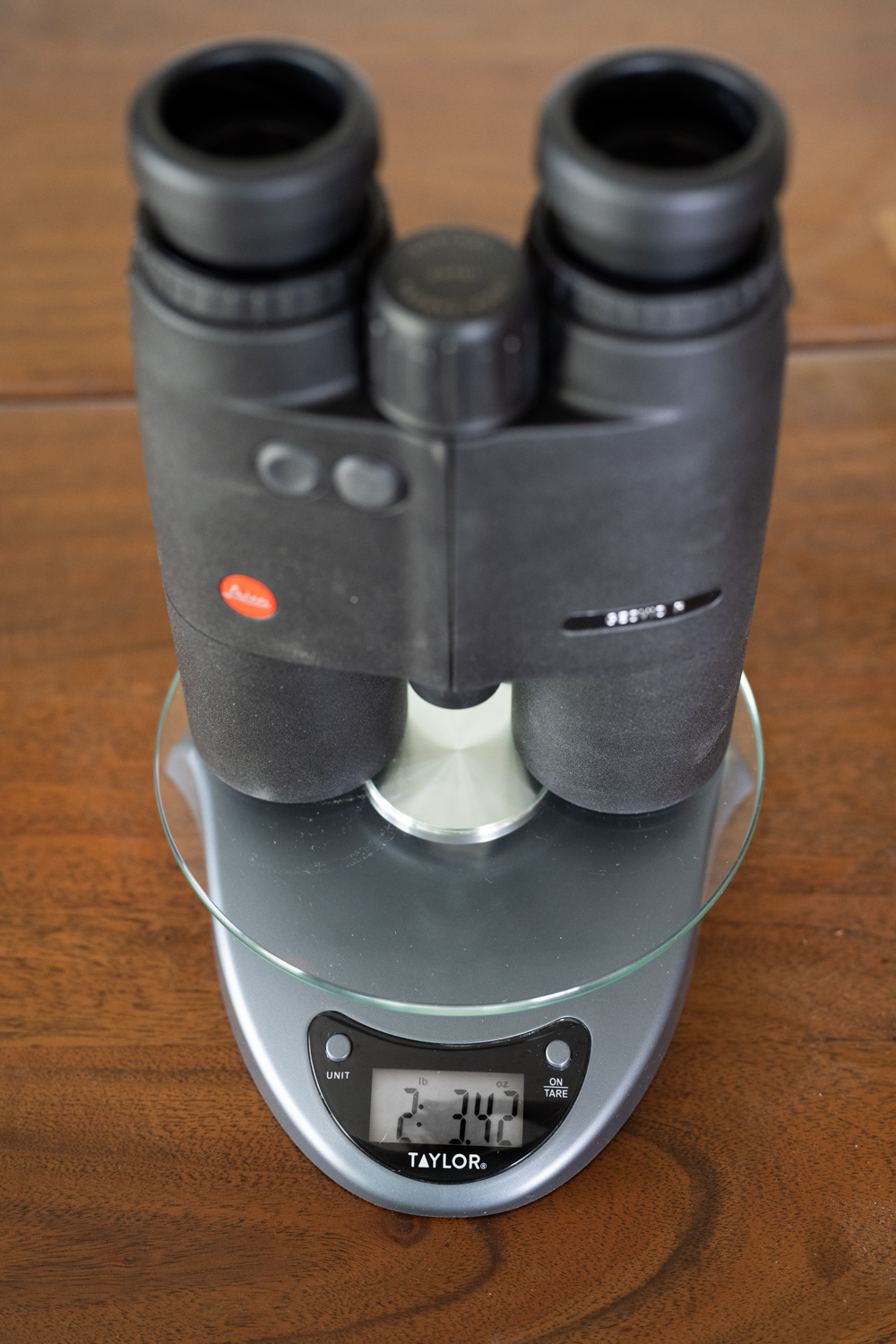
Optical Performance
Here is where these two binoculars clearly separate themselves from the competition at their price point.
Meopta Optika LR
The optical performance of the Optika LR is a step ahead of other sub $2000 range-finding binoculars. Like other Meopta binoculars, the color bias is a touch warm, but the sharpness extends from the center to the very edge, where a resolution chart showed a slight softness, but it wasn’t apparent during general viewing. There is very little field curvature and good depth of field so I didn’t have to touch the focus much when observing subjects near and far.
The Optika LR’s color bias is similarly warm in both barrels. However, the Optika LR mildly displays another electro-optic color effect in that the top of the view has a bit of a cyan bias while the lower part of the field shows a magenta bias. I often see this in monocular electro optics. The effect in the Meopta, however, is much less apparent than most other rangefinders that show it. You really have to look to see it.
Chromatic Aberration control is very good, with a small amount of color fringing visible in high-contrast areas. The Optika LR is not field-flattened and as such, shows normal amounts of pincushion distortion with straight lines bending at the edge of the field.
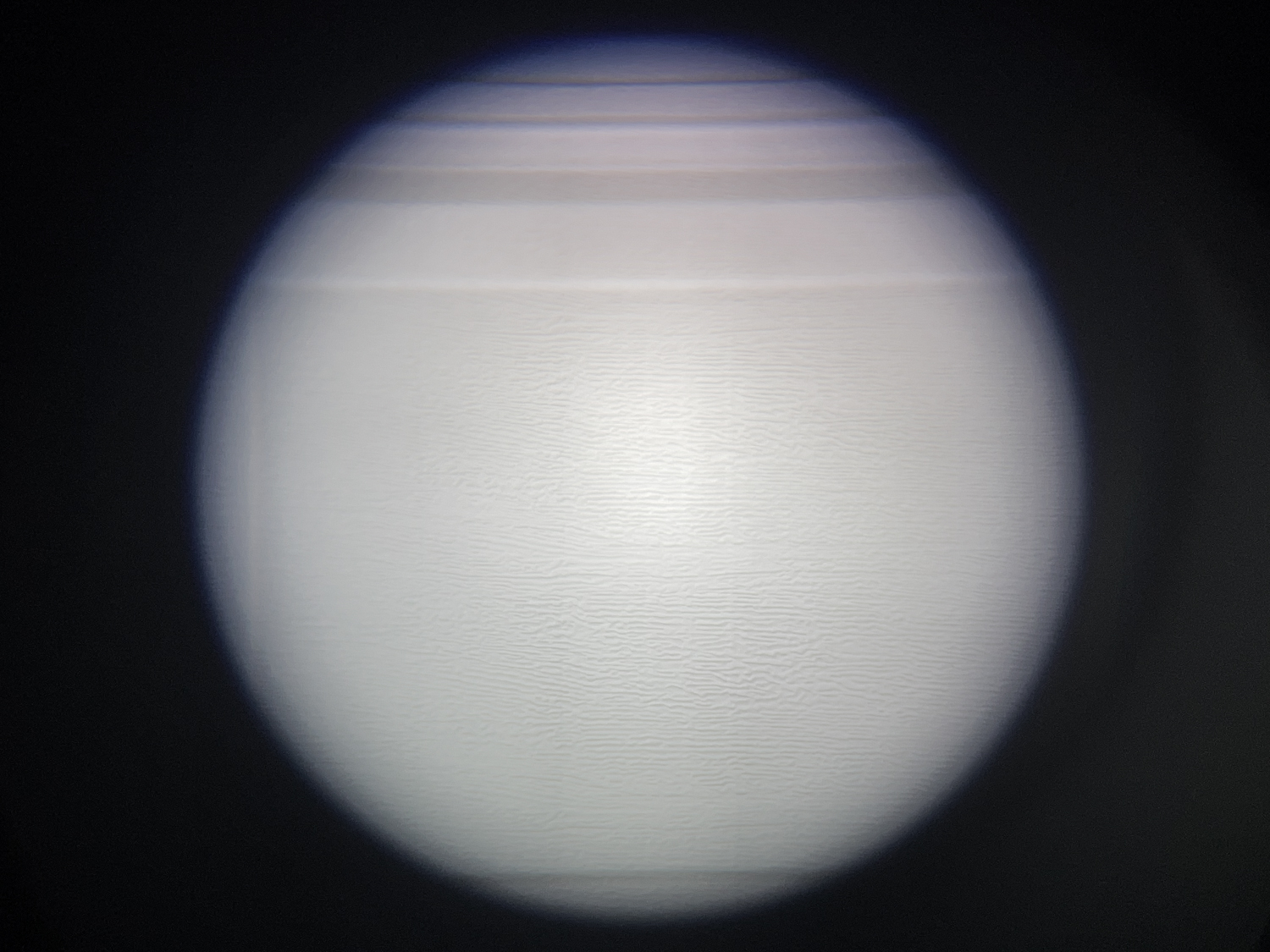
Overall, the optical performance is very good and notably better than most of the under $2000 range finding binocular club.
Leica Geovid R
The optics of the Geovid R are, not surprisingly, similar to the original Geovid. That is to say, excellent. The view is cooler than the Optika LR and incredibly sharp and bright. Contrast is observably better than the Optika LR. Initially, I thought the edge of the field was pretty soft at closer distances, but further investigation showed that it could be sharpened up with the focus wheel. This is a tell-tale sign of field curvature. At longer distances, the edge sharpness appeared better with the depth of field masking the field curvature.
Impressively, I could see no indication of color bias differences between the two barrels and no difference between the top and bottom of field. Well done, Leica.
Chromatic aberration control is very good, although fringing is visible at the edges. Distortion is present and observable at a similar level to the Optika LR.
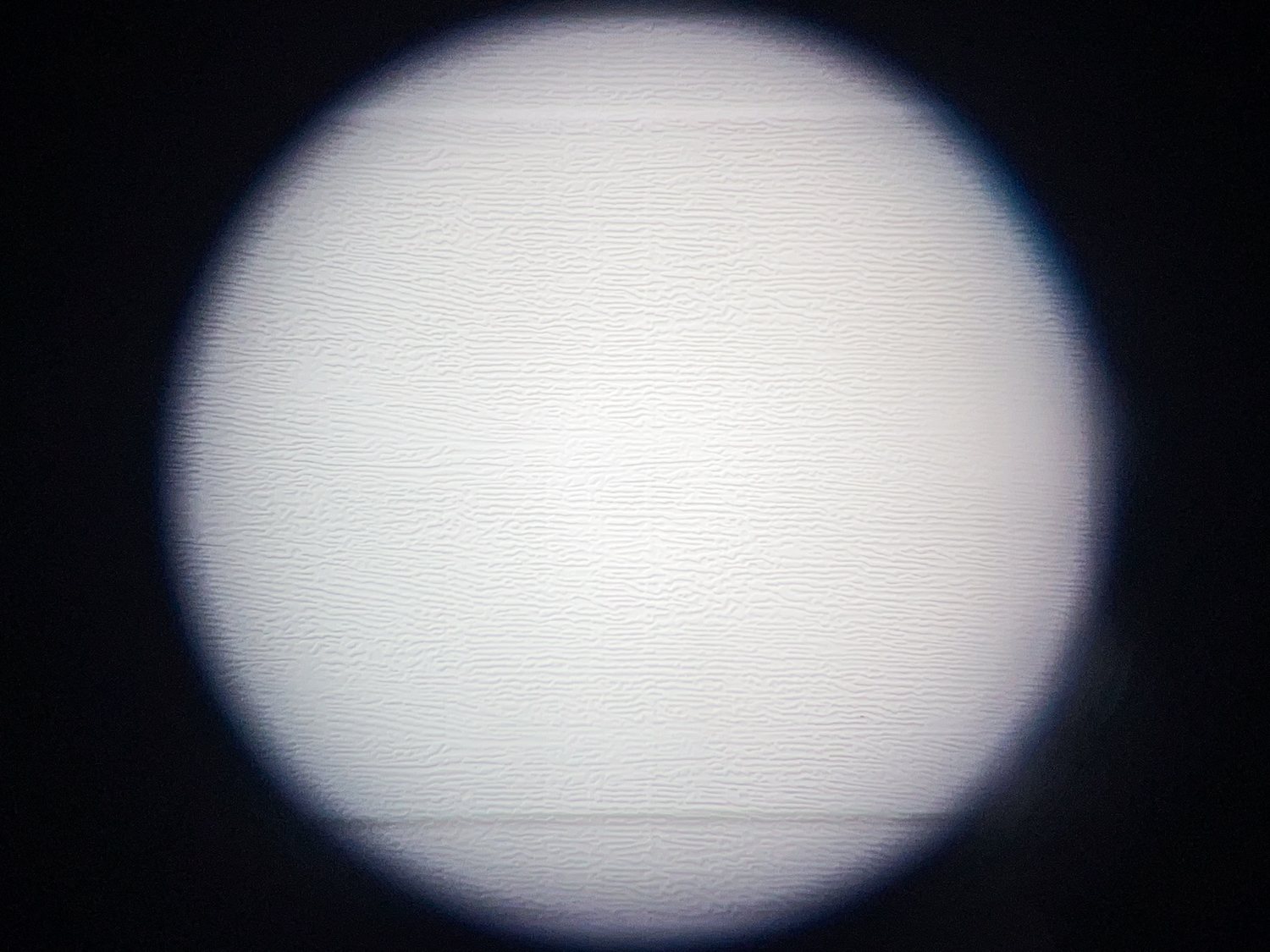
Like the Optika LR, the Geovid R is just a level above in optical performance than the similarly priced competition.
Laser Rangefinder Performance
Here is where we once again find the “no free lunch” part of electro-optics. Neither of these two units has onboard ballistic computation and display of the high-end models. This is what the hunter gives up to the competition in this price range.
The good news is both units provide exceptional traditional ranging performance. Both units have an integrated inclinometer and can provide true horizontal measurements adjusted for the measurement angle.
The Leica provides this as a dedicated mode but only supplies a true horizontal distance to 1200 yards. The Meopta provides horizontal distances as far as it will range and simultaneously displays the direct measured distance and horizontal corrected distance on the second line.
The Leica is rated for reflective targets to around 2000 yards, while the Meopta claims up to 2,700.
Generally, I was able to get further measurements more reliably with the Meopta. In low light, I regularly got measurements on trees well past 2000 yards. The Meopta also offers first target and last target priority settings in addition to the “auto” setting that seems to provide the “best” reading.
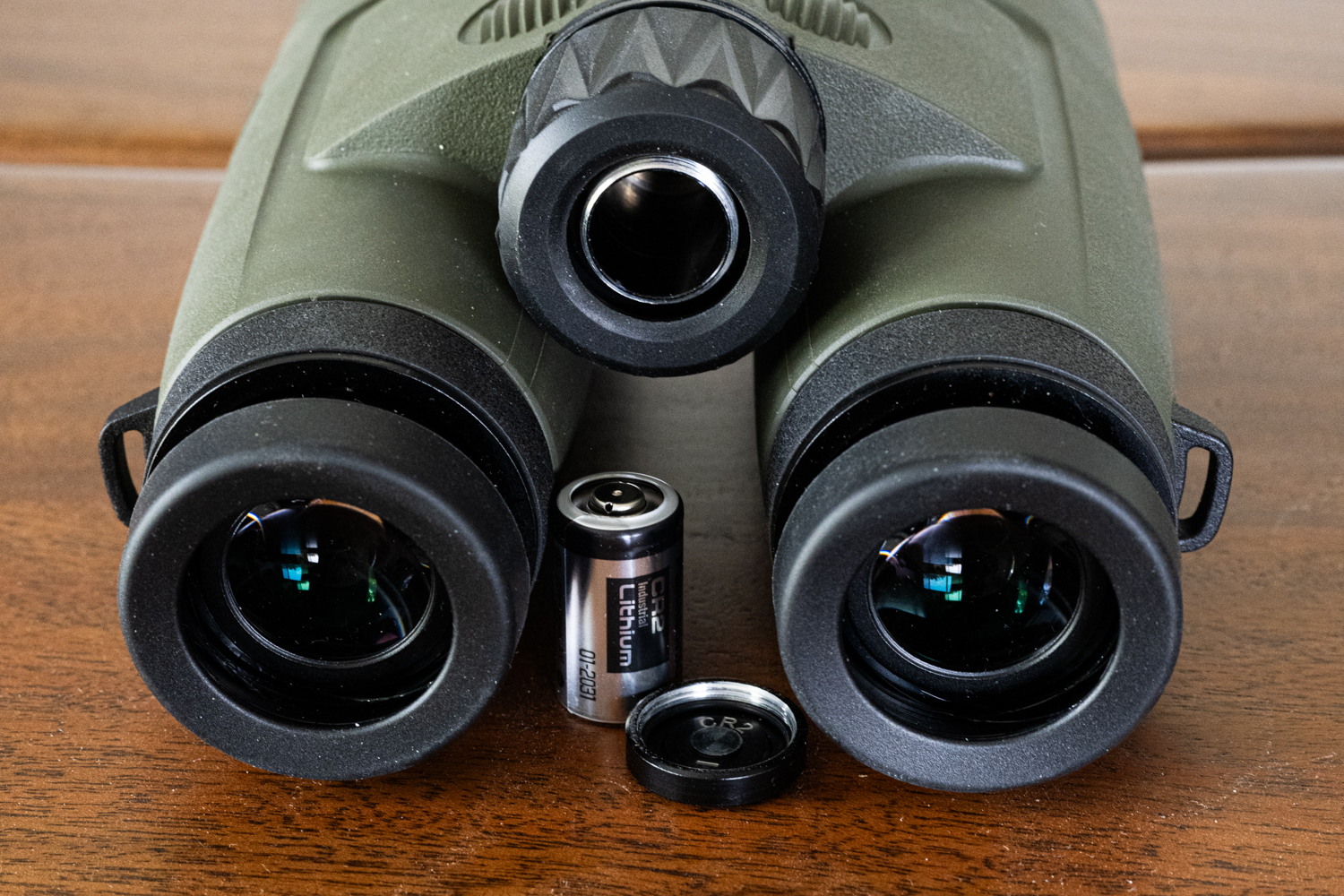
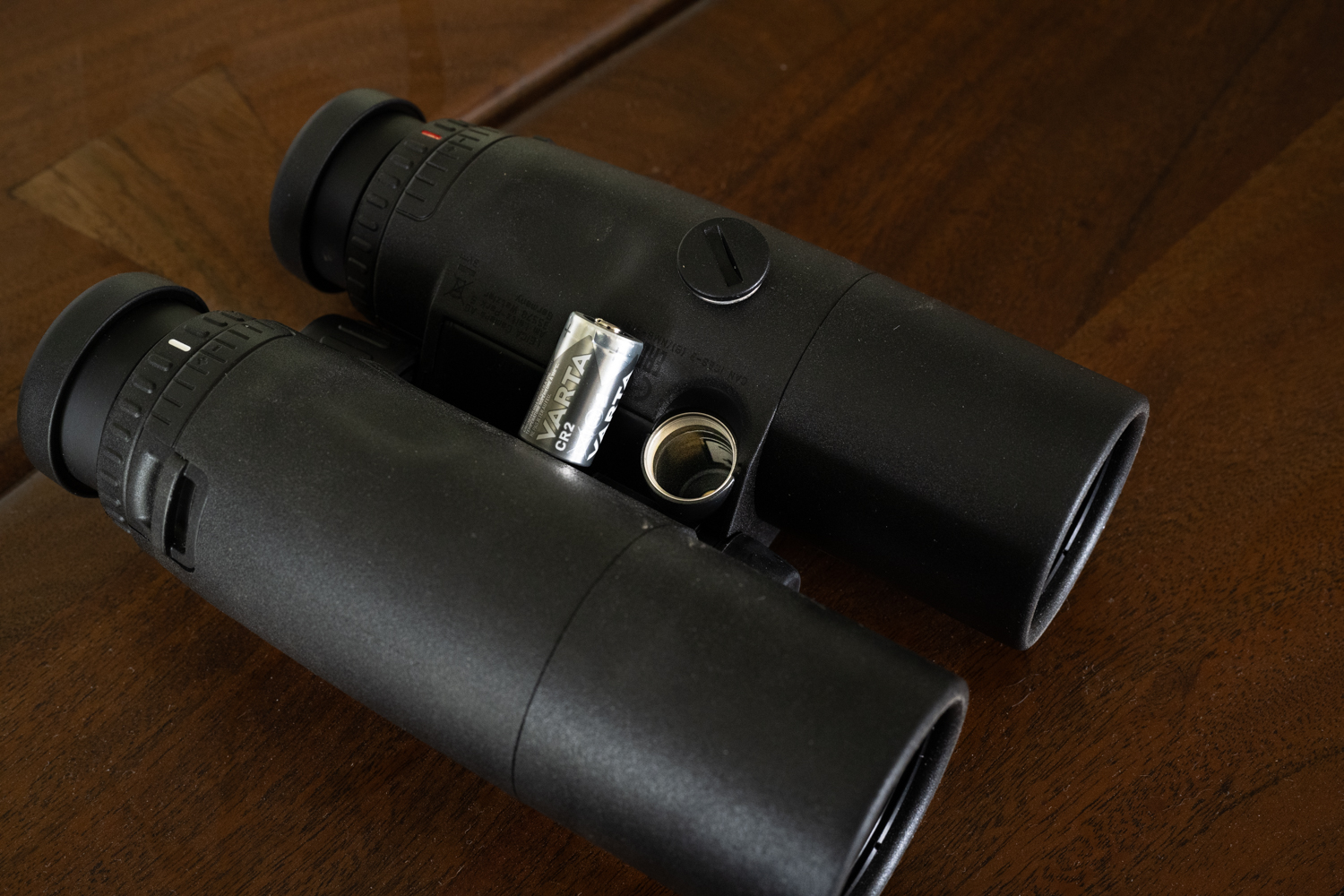
The Meopta reticle becomes active immediately and provides readings in a fraction of a second. The Leica takes a longer press to activate, but once activated readings come instantaneously. The Meopta provides readings to the tenth of a yard, while the Leica rounds off to the nearest yard. Both displays have adjustable brightness. The Meopta provided a clear, sharp display that was lists two lines of information (range + angle, range + horizontal range, etc.). The Leica displayed the range, and then the second information (angle, horizontal range) a couple seconds later.
The issue with the Leica is that once I had the diopter set for viewing, I couldn’t get the screen perfectly sharp. I had to use the display just slightly out of focus. It was certainly useable, but I couldn’t get the view and the display perfectly sharp at the same time.
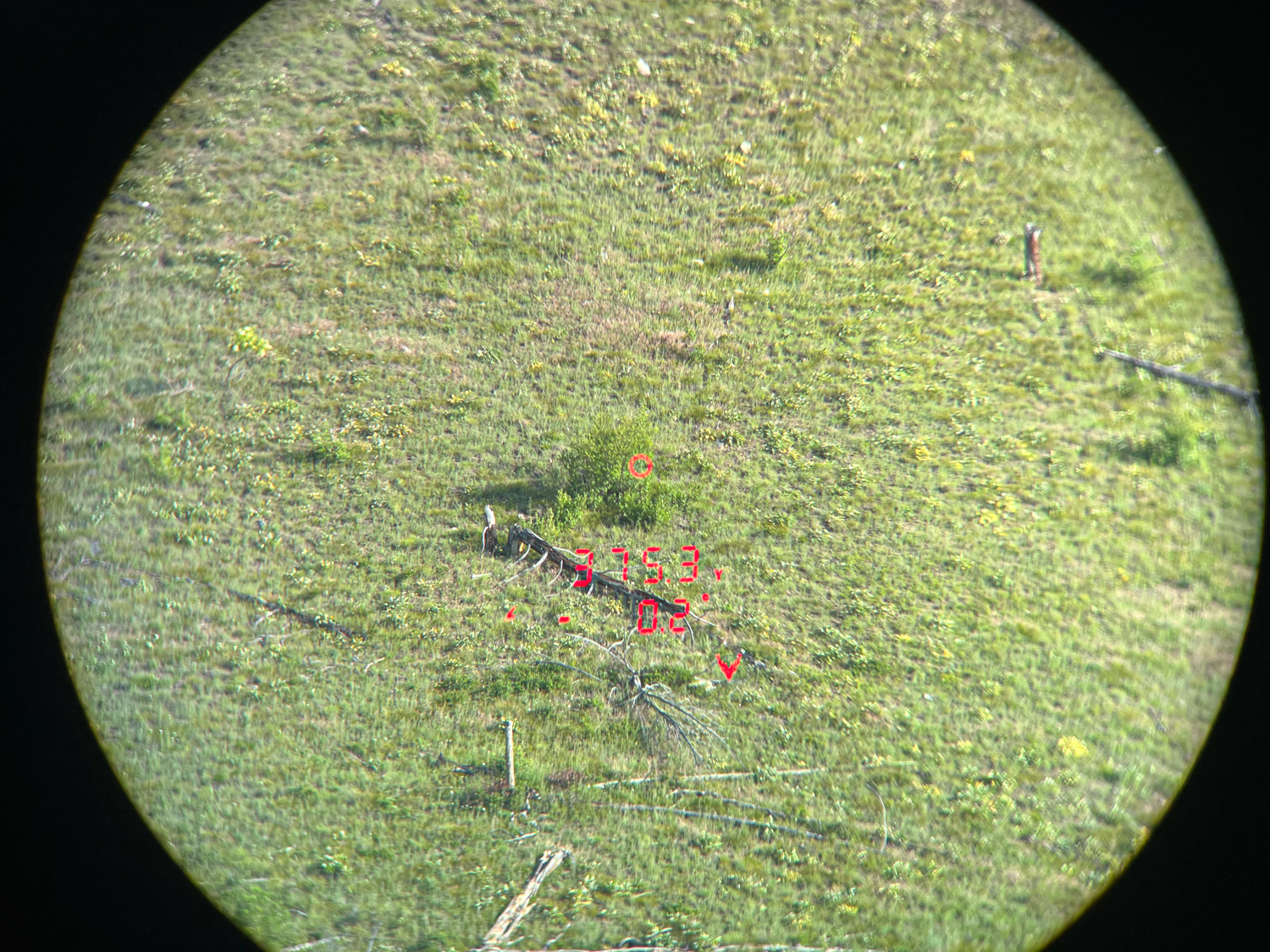
Both rangefinders provide fantastic ranging performance in a wide variety of conditions. I found the Meopta first and last target modes pretty useful, especially when ranging animals in cover.
Tripod Adaptability
Tripod mounted binoculars are an eye-opening advantage. There is just so much more detail that can be resolved with a stabilized view. That advantage is compounded when using a rangefinding binocular. The tripod stabilization allows the user to precisely place the ranging reticle, especially at the higher (10x) magnification of the binocular, and at longer ranges.

The Meopta Optika LR comes equipped with a standard 1/4-20 socket in the center hinge. This makes mounting to a tripod super simple with an adapter like the Outdoorsman’s stud system. This makes balancing the binocular on the tripod head easier as well.
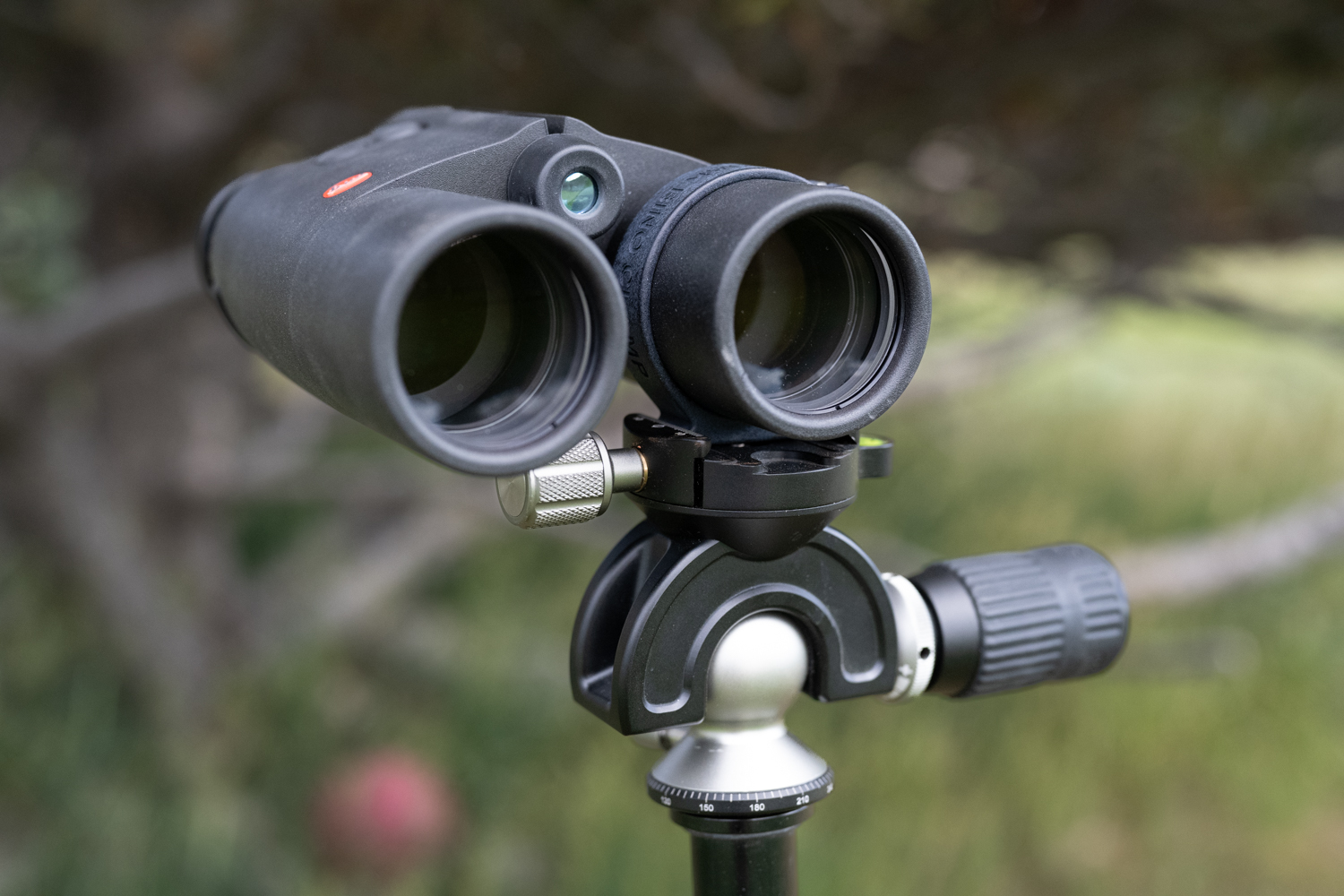
The Leica Geovid R uses the center hinge for the laser, so it is not available for a 1/4-20 socket. Hunters are left using an inelegant platform/strap contraption or something that clamps to the barrel. For this test I used a barrel adapter clamp from AZAIK which has an integrated Arca dovetail and 1/4-20 socket. This worked pretty well, although the binocular was unbalanced on the tripod head, and the clamp could alter the ergonomics for some users.
Conclusion
Until recently, hunters looking to spend less than 2-grand on Rangefinding binoculars had to compromise on optical performance to get the rangefinding functionality they need. Competitive and target shooters could still make good use from those range finding binoculars with their advanced ballistic assistance. The optics are certainly suitable for finding and ranging the targets for those uses.
Hunters, however, need more performance from their optics. They are going to be spending much more time glassing than ranging. Long range hunters that already use an app or Kestrel device to get their corrections are going to find one of these binoculars the perfect companion. With great optics and precise ranging capabilities, they will get exactly the information they need to set up for the shot.
The Meopta Optika LR has phenomenal compact build quality, very good optics (especially in low light), easy tripod mounting, and fast, reliable ranging performance out past 2000 yards, all at under $1900. A great overall hunting package.
The Leica Geovid R has bright, contrasty optical performance worthy of their German heritage combined with solid ranging performance at an absolute bargain price of $1399. No wonder they are sold out at a lot of retailers.
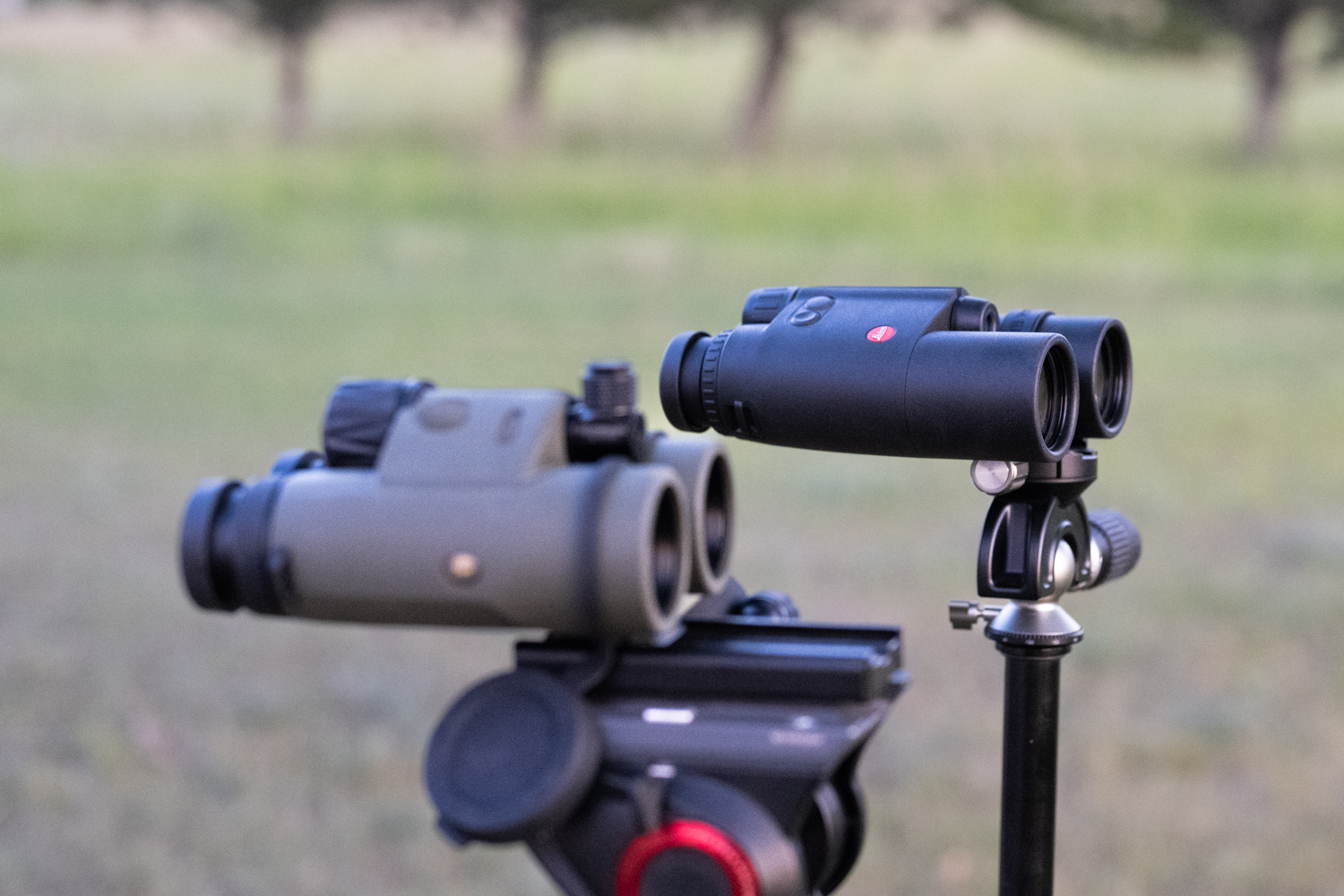
These two affordable European binocular rangefinders up the ante on optical performance for hunters in this price range.
Comment on this review or ask Matt questions here.
Still undecided on what to get? We have more optics reviews here.














